Secret List Manager answers nine key questions to building a premiership side
The dark art of building an AFL list and keeping it together is unknown to many footy fans. So how does it all work? The Secret List Manager answers the key questions.
EVERY LIST MANAGEMENT QUESTIONED ANSWERED BY THE SECRET LIST MANAGER
RELATIONSHIPS WITH PLAYER MANAGERS
It’s like having a crocodile for a pet.
Player managers do have an influence on a clubs ability to build a premiership capable list. Most Managers are reasonable to deal with, and while all of them over-estimate how good their own players are, most are willing to work with the club where the player currently is, as long as the player wants to stay. There are a couple however that will look to shift their players in contract, just to secure their financial futures and they’ll play dirty to get what they want. The best clubs bring the player managers ‘inside the tent’ and involve them in their
strategy, which encourages the manager to help that club. Again …. relationships are key.
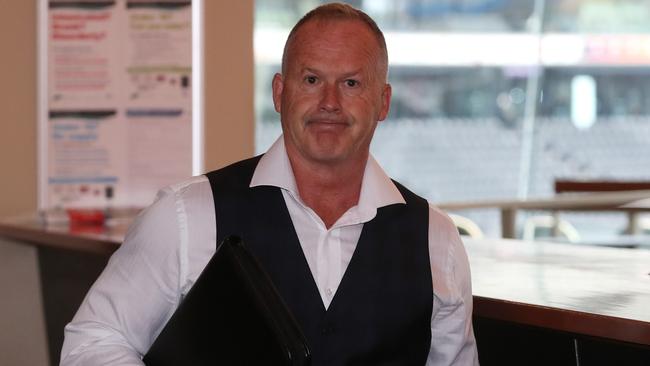
CAN THE BIG PLAYER MANAGERS FORCE A CLUB INTO A BIGGER CONTRACT?
Well they can’t force a club into a higher contract, but they do have more leverage in negotiations. Most good player managers don’t lean into this as part of the negotiation, they’ll discuss each individual players contract on its merits, but if things get ‘willing’ occasionally they can’t help themselves and use the contract status of another player (either at your club or another club) as a bargaining tool in your negotiations. Eg. Do this for Player x and you’ll be well placed when player y comes out of contract next year (wink wink, nudge nudge).
MANAGING THE CAP
One of the emerging assets that clubs have at their disposal to use, is salary cap space. It’s pretty easy to see which clubs have cap space available each year, you just need to follow the money. Last year Gold Coast traded out Izak Rankine (who had an offer from Gold Coast at around $750,000 a season) and Jack Bowes (2 years remaining at $825,000 a season) and replaced them with Ben Long on about $450,000 per season. and Tom Berry on base payment and match payments. In doing so, they freed up around $1.3m in cap space, which
tells you they had an extremely tight cap. GWS did something identical. Tim Taranto and Hopper left on about $750,000 a season, Hill left on $450,000 and Tanner Bruhn had an offer of around $400,000 from GWS. They replaced them with Toby Bedford (maybe around $300,000 a season. So out went $2.5 million in salary and in came $300,000. St Kilda were an interesting case last year. They were well placed to secure Jordan DeGoey as a free Agent on around $850,000 a season at the same time as there were noises that Hunter Clark was likely to move to North Melbourne. As soon as DeGoey chose to stay at Collingwood, the Saints publicly declared that they wouldn’t trade Clark. Coincidence? Surely not. Over the past few years Sydney have lost Jordan Dawson, George Hewett, Aliir Aliir, Zak Jones, Dan Hannebery and Darcy Cameron but have ‘only’ replaced them with low salary players eg. Peter Ladhams, Tom Hickey, Ryan Clarke, Sam Gray, Aaron Francis. It has meant that they have retained their early picks and gone to the draft but this is also the “Franklin effect”. They haven’t had the cap space available to recruit a quality player. Look for them to be an active player in the next few seasons now that Buddy’s career is drawing to a close.
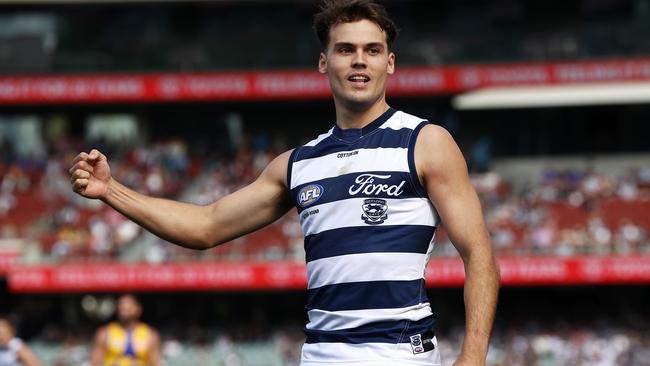
DO PLAYERS EVER TAKE PAY CUTS, TAKE LESS TO KEEP PREMIERSHIP LISTS TOGETHER?
In short, yes they do. But not often. Not all players are built the same, some have more ‘old school’ values when it comes to football, others are more aligned to the American way and want to ‘get paid’. The Covid salary cap reduction, which was mismanaged by the AFL, saw some clubs playing lists agree to take a greater than required cut in salaries, to help clubs manage through the situation and spread the load evenly across the whole playing group. Scenario: The AFL imposed a forced reduction to the clubs salary cap of nine per cent. Unfortunately the AFLPA had a win over the AFL, so the players were only obligated to take a 3.5 per cent cut. How does this work? The AFL then pushed the issue (a $650,000 per club issue) onto the clubs to resolve. An additional issue was that for players who signed a new deal at a certain time in that year were required to take the full nine per cent cut, creating a division within the playing group. Some clubs were able to negotiate with their players, to take a uniform approach to the cuts, to assist the clubs in managing the difficult period and reduce the amount of cash that needed to be ‘backended’ in order to manage through that period. Disappointingly, this went largely unrecognised publicly, because the players at those clubs deserve an enormous amount of credit.
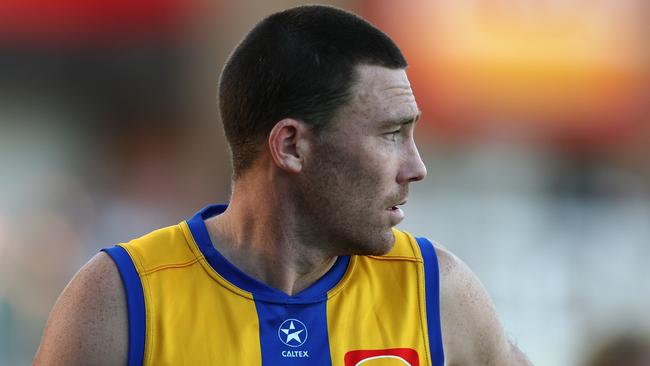
HOW MANY MILLION DOLLAR PLAYERS CAN EACH LIST AFFORD?
A maximum of two. How many players over $800,000? A maximum of six. It depends how far over $800,000. The salary cap is the salary cap, and you have to have a minimum number of players on your list (Min. 40 across primary and rookie list), so the reality is that the more guys you have at the top $800,000 plus means you’ll likely have more players at the bottom $120,000-$150,000 plus match payments. This works fine, so long as your top end are uninjured and performing. If you have a run of injuries to this cohort eg. West Coast with Luke Shuey, Nic Naitanui, Jack Darling, Jeremy McGovern then you’re in strife. This is also the case if a few of your top end just aren’t performing eg. Zac Williams at Carlton, Dan Hannebery at St Kilda, Jared Polec at North Melbourne, Bryce Gibbs at Adelaide. So what do you do? Collingwood push them out as they did with Adam Treloar and Brodie Grundy which has proven to probably be the right path. Does this lack of loyalty to their players create a similar feeling across the remainder of their playing group? Yes, maybe. Time will tell. The average salary for the top 5 players at the top 8 clubs is just on $790,000. This is almost four million, which is only 30 per cent of the salary cap. The reality is that in the AFL, you need to spread those dollars across 42 players. So 30 per cent of your cap is used across 12 per cent of your playing group. One way clubs manage this is the timing of who is on big bucks and in what years. If a player signs a four year deal at $600,000, he may well be on $300,000 next year, $500,000 the year after, then $800,000 per year for his final two years. This was the case with Jack Bowes at the Gold Coast and we know how that ended. Richmond know that Martin won’t be on $1.2 million beyond 2024, so they moved early to secure Taranto and Hopper and will use the space that Martin’s contract expiry will create to pay them in the future.
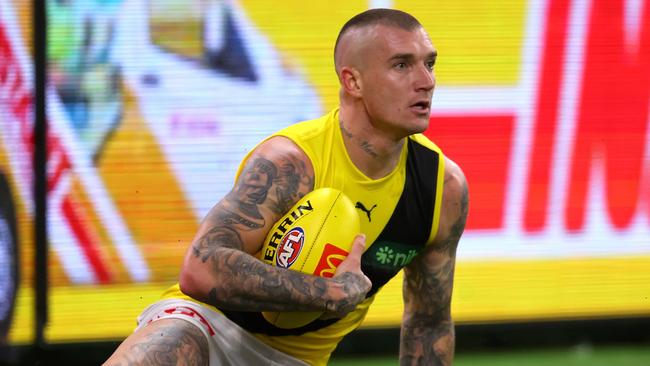
HOW TO DEAL WITH DIFFICULT MANAGERS WHO ONLY WANT TOP DOLLAR?
The biggest leverage a club has is that they know the player wants to stay. So in theory the club can walk away and not offer a deal at all. All/most clubs and player managers deal with best intentions and have a reasonable understanding of what a player’s market value is, but often there can be a significant disparity.
THE DOWNSIDE OF LONG-TERM CONTRACTS … HOW MANY SEVEN-YEAR DEALS CAN YOU OFFER?
Do you actually get a discount on a seven-year deal? Yes. Seven year deals are fine (at the right price) for a player who has A) elite talent B) has proven this consistently at AFL level and C) is still in the first four or five years of their career and is D) great culturally and E) very durable. If they miss in any one of those markers then cap the deal at four or five years maximum.
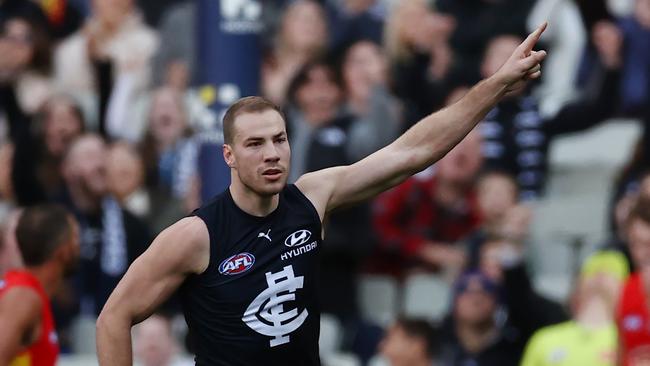
CAN A STRONG-WILLED COACH OVERPOWER A LIST MANAGEMENT TEAM OR DOES THE CONSENSUS WIN OUT?
Yes they can. In most clubs the relationship between list management and coach is a very collaborative one, but ultimately, within the agreed strategy, the coach will get what he wants at trade time. This is why whole of club alignment is so important, because a coach wants to win a game next week, and will generally do so at the expense of building a list/team that is
eventually capable of winning a premiership.
HOW MANY RIVAL PLAYERS WOULD A COACH AND LIST TEAM TALK TO EACH SEASON TO PITCH A DEAL?
Depending on their priority at trade time, list managers would generally meet with at least 6-10 players from other clubs each year (either in person or zoom). Coaches are unlikely to meet with a player until they have been qualified by list management and the players manager has given a strong indication that the player would be open to a move and would consider their club. There are many well known stories of opposition club players being snuck into a club under the cover of darkness, but what about the story of a group of senior players at a Melbourne club having to grit their teeth to help with the pitch to a high profile, big money recruit from north of the border a few years ago that the head of footy and CEO wanted! Fortunately for the players, he read their body language and chose to go elsewhere.





To join the conversation, please log in. Don't have an account? Register
Join the conversation, you are commenting as Logout